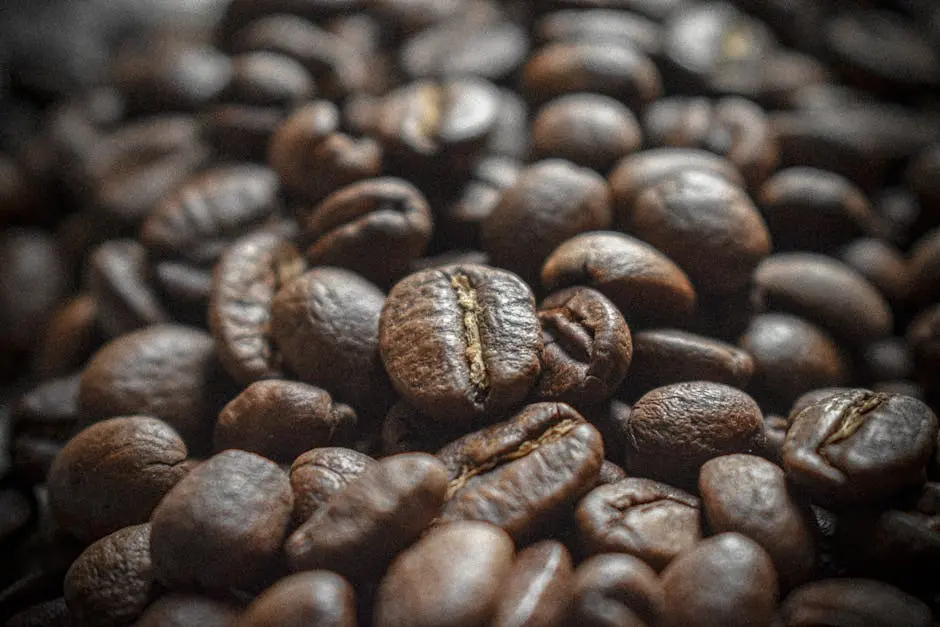
The Art of Choosing Home Coffee Beans for Every Palate
Choosing the right coffee beans for your home brew can be a delightful yet daunting task. With so many varieties, flavors, and origins to consider, it’s easy to feel overwhelmed. But don’t worry! This guide will walk you through the art of selecting the perfect coffee beans to suit your unique taste preferences, ensuring that every cup you brew at home is a satisfying experience.
Understanding Coffee Bean Origins
Coffee beans come from various regions around the world, each offering unique flavors and characteristics. From the bright acidity of Ethiopian coffees to the rich, chocolatey notes of Brazilian beans, understanding the origin is the first step in choosing the right coffee for your palate.
For instance, if you’re drawn to the lively and dynamic flavors of African coffees, you might appreciate the floral and citrus notes that often accompany these beans. On the other hand, if you prefer something smoother and more comforting, you’ll likely find joy in the mellow profiles of Central American varieties. It’s fascinating how geography plays such a significant role in the taste of coffee.
You can also explore the lesser-known regions, such as the coffee from Sumatra, which is often described as earthy and full-bodied, or the sweeter, syrupy notes found in Colombian coffee. With each cup, you can take a mini-vacation across the globe. Imagine sipping on a coffee from a sun-soaked plantation in Guatemala while you sit in your cozy kitchen!
Exploring Flavor Profiles
Coffee flavors can range from fruity and floral to nutty and earthy. Learning about these flavor profiles will help you identify what you enjoy most in your coffee. This section will guide you in distinguishing between different tastes and aromas.
To illustrate, a cup of coffee with berry undertones can brighten your morning, offering a burst of freshness that invigorates your senses. Conversely, a cup with nutty or chocolate flavors might provide a warm, comforting experience, reminiscent of cozy evenings by the fireplace. Understanding these profiles not only enhances your enjoyment but also empowers you to articulate your preferences when shopping for beans.
Don’t forget to explore the complexity of flavor notes, too! Some coffees may surprise you with hints of spices or caramel undertones. These unique blends come from the meticulous methods of cultivation and processing in the coffee’s origin country. A good cup of coffee tells a story; it’s about savoring every sip and uncovering the hidden notes that can transform your daily brew into a delightful experience.
Roasting Levels Explained
The roast level of coffee beans plays a crucial role in flavor. Light roasts tend to be more acidic and fruity, while dark roasts are bold and robust. Understanding these levels can assist you in making informed decisions when selecting coffee beans.
Imagine starting your day with a light roast that dances on your palate, offering bright acidity and a hint of citrus. It’s the perfect way to awaken your senses. As you move to a medium roast, you might begin to notice the delightful balance it strikes between acidity and sweetness, with flavors that are deeper yet still vibrant.
Then there’s the dark roast, which encapsulates boldness in every sip. With notes of chocolate, caramel, or even smoky undertones, it’s a cup that leaves a lasting impression. Understanding how different roasting levels impact flavor will not only help you make an informed choice but can also turn your coffee brewing into a rich and delightful ritual.
Single-Origin vs. Blends
Single-origin coffees showcase the unique characteristics of one specific region, while blends aim to create a balanced flavor profile. This section will help you understand the differences and figure out which option suits your taste best.
When you opt for a single-origin coffee, you’re engaging in a delightful exploration of the place of its origin. Each sip communicates the distinct flavors that are shaped by the soil, climate, and altitude—attributes that give your coffee its uniqueness. By choosing a single-origin, you’re not just enjoying a cup of coffee; you’re also connecting with the farmers and their stories.
In contrast, blended coffees take the spotlight in their ability to offer consistency and complexity. Blends can combine the best traits of various beans, balancing bright acidity with rich, creamy textures. This can be especially appealing if you’re looking for a versatile coffee that can satisfy a crowd. Understanding when to choose a single-origin versus a blend can enhance your coffee journey.
How to Experiment and Find Your Favorite
Finding the perfect coffee bean is an adventure! This section will offer tips on how to experiment with different beans and brewing methods, helping you refine your choices based on your personal preferences.
Start by building a small tasting bar at home! Grab a few bags of different coffees—try single origins, blends, light roasts, and dark roasts. Brew small batches and take notes on what you like and don’t like about each one. Is it the acidity that resonates with you, or perhaps the smooth, chocolatey finish? Each cup gives you valuable insights into your unique taste.
Another fun way to explore is to change up your brewing methods. A French press might bring out different flavor notes from a coffee compared to a pour-over method. Don’t hesitate to play with water temperature or brewing time; these variables can significantly impact the taste of your cup. The key is to embrace the process as an enjoyable experimentation. You might even discover a new favorite along the way!
Your Journey to Coffee Perfection
In the world of home coffee brewing, the right beans can make all the difference. By understanding your palate and the characteristics of various coffee beans, you can elevate your brewing experience and enjoy each sip to its fullest. So take your time exploring different options, and remember: the perfect coffee bean is out there just waiting for you to discover it!

